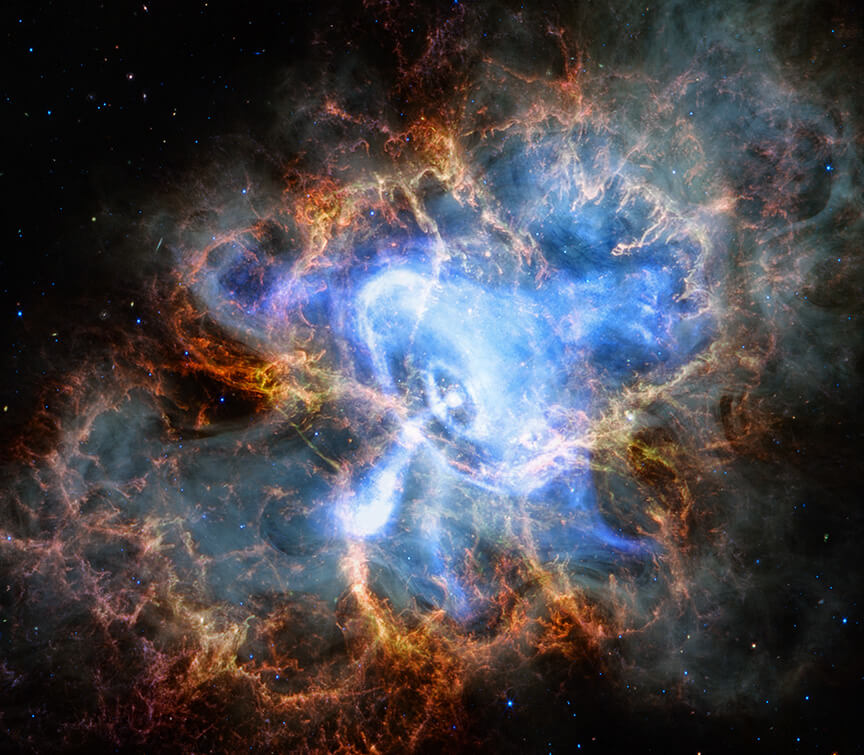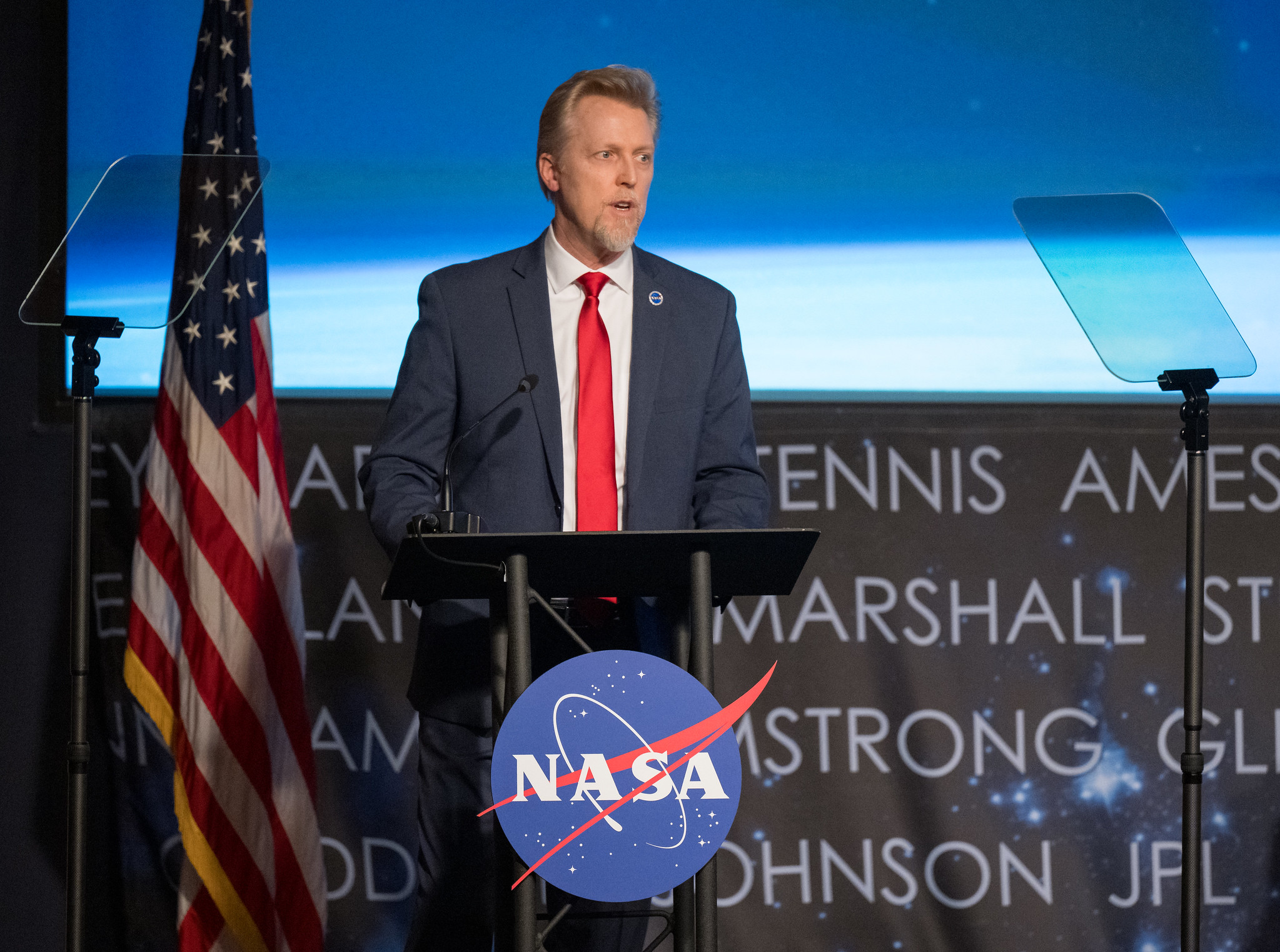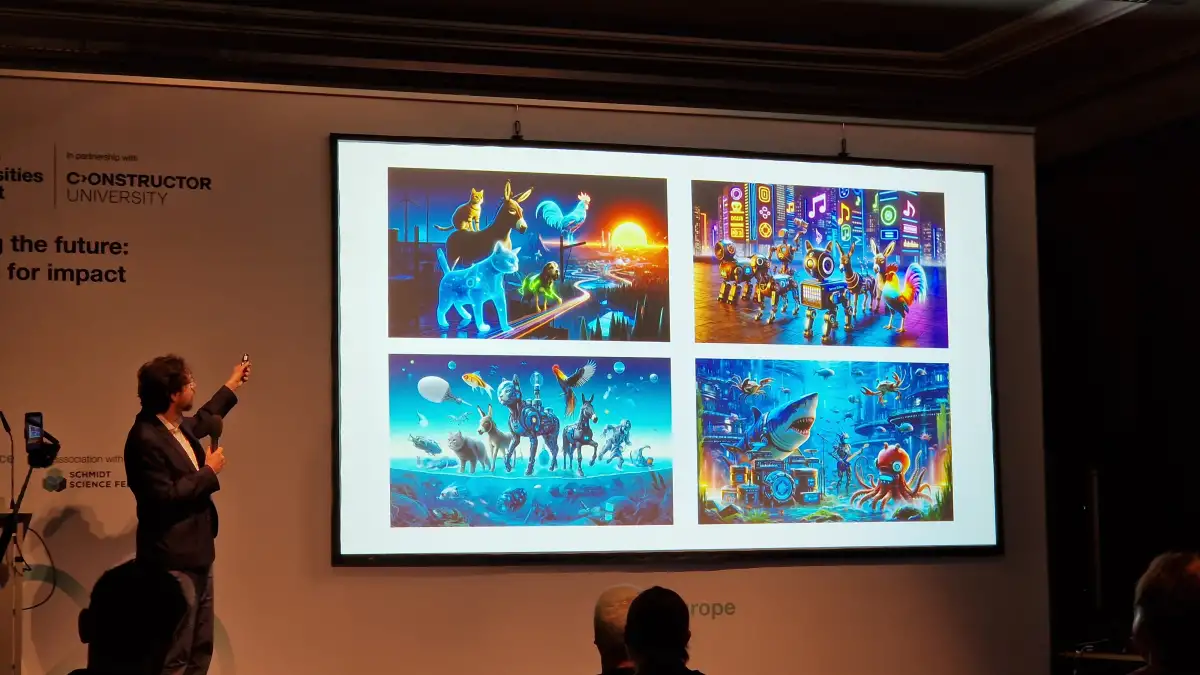New artificial intelligence technology from Johannes Kepler University Linz enables video recordings of hidden objects, which can now be photographed in previously unknown detail.
The current mode relies on recording image data at different wavelengths to support application-specific measurements. Today's remote sensing technology from satellites, aircraft and drones depends on this.
In addition to the visible spectrum, the near-infrared spectrum is also used, for example to estimate the biological state of plants, while the broad infrared spectrum identifies heat sources. Conventional multispectral recordings have the problem of not being able to capture objects obscured by forests, for example.
JKU Technology has provided a breakthrough
However, a scanning method developed at James Cook University in 2018, Airborne Optical Section (AOS), enables real-time occlusion removal by combining many individual images, thus making invisible objects visible under vegetation. Dense. The potential of AOS has already been demonstrated in areas such as searching for missing persons, wildlife monitoring, forest fire detection, and archaeology.
All of this multispectral image data, whether regular individual images or unobscured AOS images, contains very different and often important individual information. For example, while ordinary recordings in the visible spectrum provide local reference through recognizable forest structures, but not recognizable objects hidden beneath the treetops, AOS recordings provide just this – but lose the important orientation aid. “Data in different spectral bands, such as thermal imaging or near-infrared, also provide completely different information. Identifying image data using simple image processing would lead to its suppression and, in the worst cases, loss of essential details,” the university explains. -Professor Oliver Pember (JKU Institute of Computer Graphics). He and his team have now succeeded in bringing together the most important information from all these channels into a single image, largely loss-free.
The question of what information really matters is answered by a new artificial intelligence process. The image fusion developed, based on the current state of technology, is the most powerful in the world and offers a wide range of application possibilities.
Rückfragehinweis: Univ.-Prof. Oliver Bimber Institut für Computergrafik Tel.: 0732 2468 6631 [email protected] Mag. Christian Savoy PR-Mitarbeiter Universitätskommunikation JOHANNES KEPLER UNIVERSITÄT LINZ Altenberger Straße 69 4040 Linz, Österreich T +43 732 2468 3012 [email protected] www.jku.at

“Certified tv guru. Reader. Professional writer. Avid introvert. Extreme pop culture buff.”






More Stories
Art and technology go hand in hand
New at Pinakothek der Moderne: Shylight – a thriving blend of art, nature and technology
ARKit: This is how Apple's augmented reality technology works